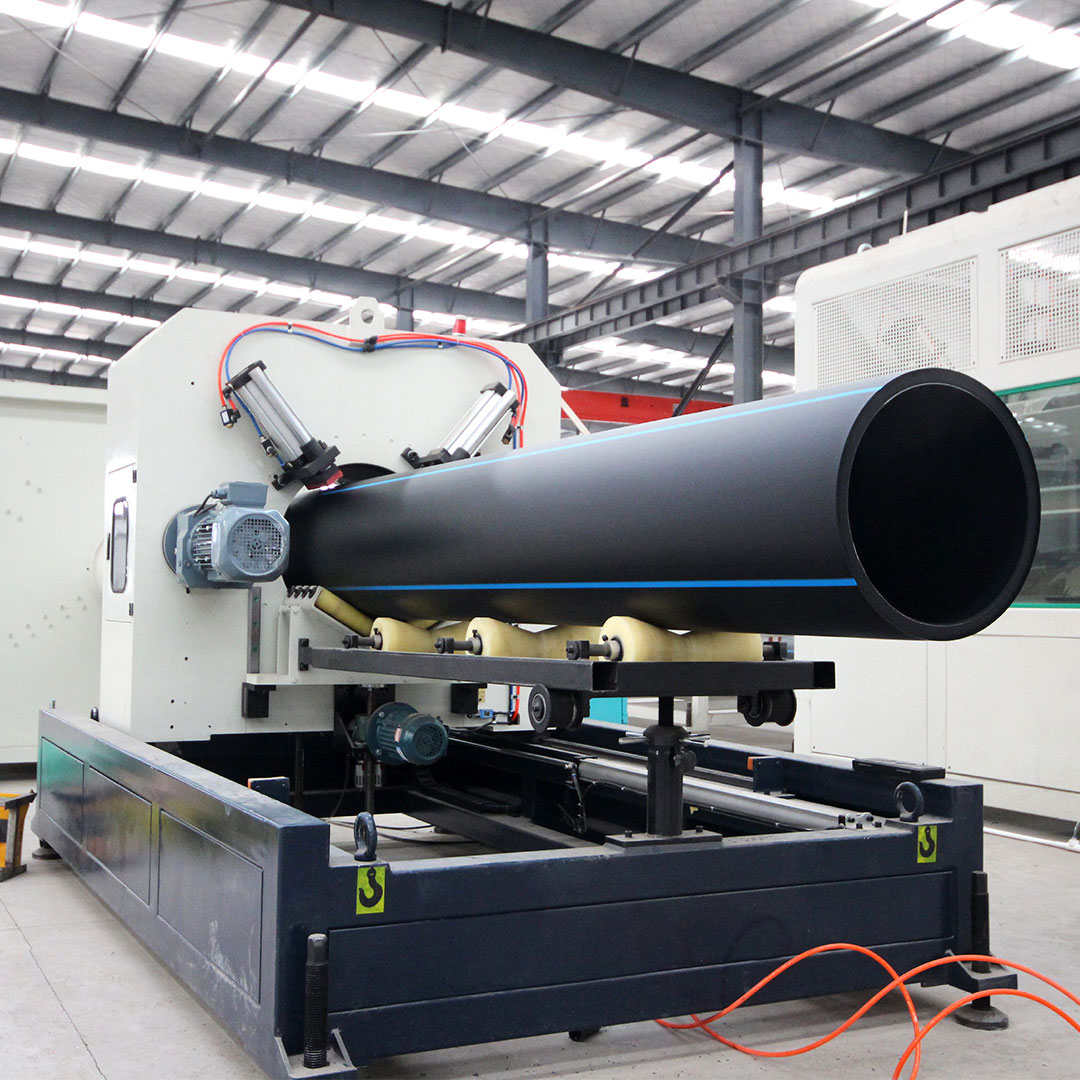Impact of US tariffs on HDPE water pipe exports
Against the backdrop of drastic adjustments in the global trade pattern due to tariff policies, the impact of the US tariff increase on the export volume of high-density polyethylene (HDPE) pipes is attracting great attention from the industry. Since 2025, Sino-US trade relations have continued to be under pressure due to tariff escalation. The cumulative tariffs imposed by the United States on Chinese goods exported to the United States have exceeded the historical high of 145%, among which the tax rate on polyethylene products has risen sharply from 6.5% to 40.5%, and even reached 125% after the counter-tariffs were added. This policy directly impacted China's HDPE pipe export market, especially the United States' position as China's largest importer of PE products, causing the relevant industrial chain to face structural adjustments.
Direct exports to the United States are basically stagnant
The cumulative tariff rate imposed by the United States on Chinese HDPE water pipes and other plastic products has reached 45% (superimposed on the previous "301 clause" and the new tariffs in 2025), resulting in the complete loss of the price advantage of Chinese HDPE water pipes in the US market and a sharp drop in export orders. In February 2025, China's exports of plastic products to the United States fell sharply by 45.69% month-on-month (a decrease of 286,600 tons), among which HDPE pipes were particularly affected.
The new U.S. Customs regulations cancel the small-value tax exemption policy (tax exemption for goods with an original value of ≤ US$800). All HDPE water pipe products must be formally declared and fully taxed, further suppressing exports to the United States by small and medium-sized enterprises.
Re-export trade in Southeast Asia used to be a common way to circumvent tariffs, but the United States imposed tariffs of 36%-46% on HDPE water pipes from Thailand, Vietnam and other countries, resulting in the ineffectiveness of China's indirect export channel to the United States through Southeast Asia.
The substitution effect of the US market is emerging. The US and North American Free Trade Area countries such as Mexico and Canada are accelerating to fill the market gap. Although the US HDPE exports to China will decrease by 117,400 tons in 2024, its resources will shift more to markets such as South America and Southeast Asia, forming competition with China. China's share of HDPE pipe exports to the US (originally accounting for more than 15% of China's total exports) is expected to drop to less than 5%, and the US market will gradually be replaced by North American local companies and Southeast Asian suppliers.
The United States is an important supplier of raw materials (ethane and propane) for China's HDPE water pipes. The counter-tariffs have led to an increase in import costs. In 2024, China imported more than 1 million tons of HDPE raw materials from the United States. After the 34% tariff was imposed, the increase in raw material costs may squeeze corporate profits and inhibit the release of export capacity.
The additional tariffs imposed by the United States have caused China's HDPE water pipe exports to the United States to plummet by more than 45% in the short term, and direct export channels have been basically closed. The industry has been forced to turn to emerging markets such as Southeast Asia and South America, and reduce external dependence through localization. Whether exports can recover in the future depends on the speed of global supply chain reconstruction and the effectiveness of domestic technology upgrades.



The performance of HDPE water supply pipe is better than that of PE water supply pipe.
1. Pressure resistance: HDPE water supply pipe has higher pressure resistance than PE water supply pipe and can withstand greater water pressure, so it is suitable for high-rise buildings and high-pressure water supply systems.
2. Corrosion resistance: HDPE water supply pipe has better corrosion resistance and can resist the erosion of various chemical substances, so it is suitable for various complex water supply environments, such as buried and humid environments.
3. Thermal insulation performance: HDPE water supply pipe has better thermal insulation performance, which can effectively maintain water temperature and reduce heat loss, so it is suitable for hot water supply and water supply systems with high thermal insulation requirements.
4. Connection method: The connection method of HDPE water supply pipe is safer and more reliable than that of PE water supply pipe. Hot melt connection, electric fusion connection and other means can be used to ensure the sealing and durability of the pipeline.





